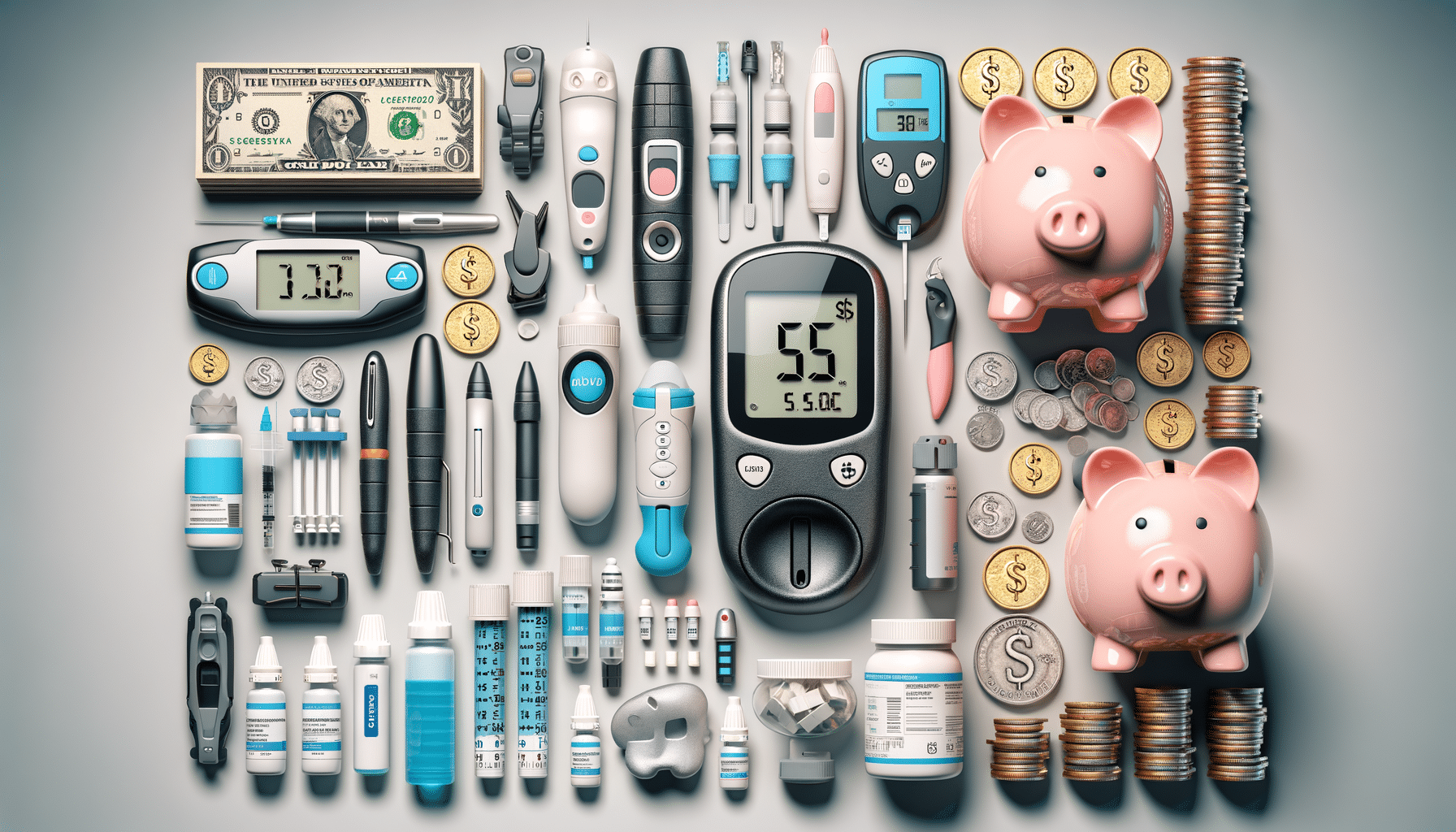
Accessing Glucose Monitoring Programs: Affordable Solutions for Diabetes Care.
Introduction to Glucose Monitoring
Glucose monitoring is a crucial aspect of managing diabetes, a chronic condition affecting millions of people worldwide. Effective glucose monitoring helps individuals maintain their blood sugar levels within a target range, reducing the risk of complications such as heart disease, nerve damage, and kidney failure. With advancements in technology and increased awareness, glucose monitoring has become more accessible and user-friendly, allowing individuals to take control of their health. This article explores the importance of glucose monitoring and highlights affordable solutions available through government-supported programs.
The Importance of Regular Glucose Monitoring
Regular glucose monitoring is essential for individuals with diabetes to understand how different foods, activities, and medications affect their blood sugar levels. By keeping track of these fluctuations, patients can make informed decisions about their lifestyle and treatment plans. Consistent monitoring can prevent acute complications like hypoglycemia and hyperglycemia, which can lead to severe health issues if not addressed promptly.
Moreover, regular glucose monitoring empowers individuals to engage in proactive health management. It allows them to adjust their diet, exercise routine, and medication dosage based on real-time data, thereby enhancing their quality of life. For those with type 1 diabetes, frequent monitoring is critical as it helps in the accurate dosing of insulin, reducing the risk of potentially life-threatening events.
In addition, healthcare providers rely on glucose monitoring data to tailor treatment plans to each patient’s unique needs. This data-driven approach ensures that individuals receive personalized care, which can significantly improve outcomes and reduce healthcare costs in the long run.
Technological Advancements in Glucose Monitoring
The field of glucose monitoring has witnessed remarkable technological advancements over the years. Traditional methods, like finger-prick testing, have been supplemented by continuous glucose monitoring (CGM) systems. These modern devices provide real-time insights into glucose levels, offering a comprehensive view of trends and patterns throughout the day and night.
CGM systems consist of a small sensor inserted under the skin, typically on the abdomen or arm, which continuously measures glucose levels in the interstitial fluid. The data is transmitted to a receiver or smartphone app, allowing users to monitor their levels discreetly. This technology not only enhances convenience but also improves accuracy, as it reduces the chances of missing significant fluctuations that might occur between traditional testing times.
Another notable advancement is the integration of artificial intelligence and machine learning algorithms in glucose monitoring devices. These technologies analyze data to predict future glucose trends, providing users with actionable insights to prevent hyperglycemic or hypoglycemic events. Such innovations are paving the way for more personalized and effective diabetes management.
Government-Supported Glucose Monitoring Programs
In response to the growing diabetes epidemic, many governments worldwide have implemented programs to make glucose monitoring more accessible and affordable. These initiatives often provide subsidies or reimbursements for monitoring devices, ensuring that financial constraints do not hinder individuals from managing their condition effectively.
For example, some programs offer free or discounted CGM systems to eligible individuals, significantly reducing out-of-pocket expenses. Additionally, educational workshops and resources are often provided to help patients understand how to use these devices effectively and integrate them into their daily routines.
These government-supported programs play a vital role in reducing healthcare disparities by ensuring that all individuals, regardless of their economic status, have access to essential diabetes management tools. By investing in preventive care, these initiatives aim to reduce the long-term burden of diabetes on healthcare systems and improve the quality of life for those affected by the condition.
Conclusion: Embracing Accessible Glucose Monitoring Solutions
Glucose monitoring is a cornerstone of effective diabetes management, enabling individuals to lead healthier, more balanced lives. With the advent of advanced technologies and government-supported programs, monitoring has become more accessible and affordable than ever before. By embracing these solutions, individuals can take charge of their health, making informed decisions that positively impact their well-being.
As we move forward, it is crucial for stakeholders, including healthcare providers, policymakers, and patients, to continue advocating for widespread access to glucose monitoring tools. By doing so, we can ensure that everyone affected by diabetes has the resources they need to manage their condition effectively, ultimately reducing the prevalence of diabetes-related complications and improving public health outcomes.


